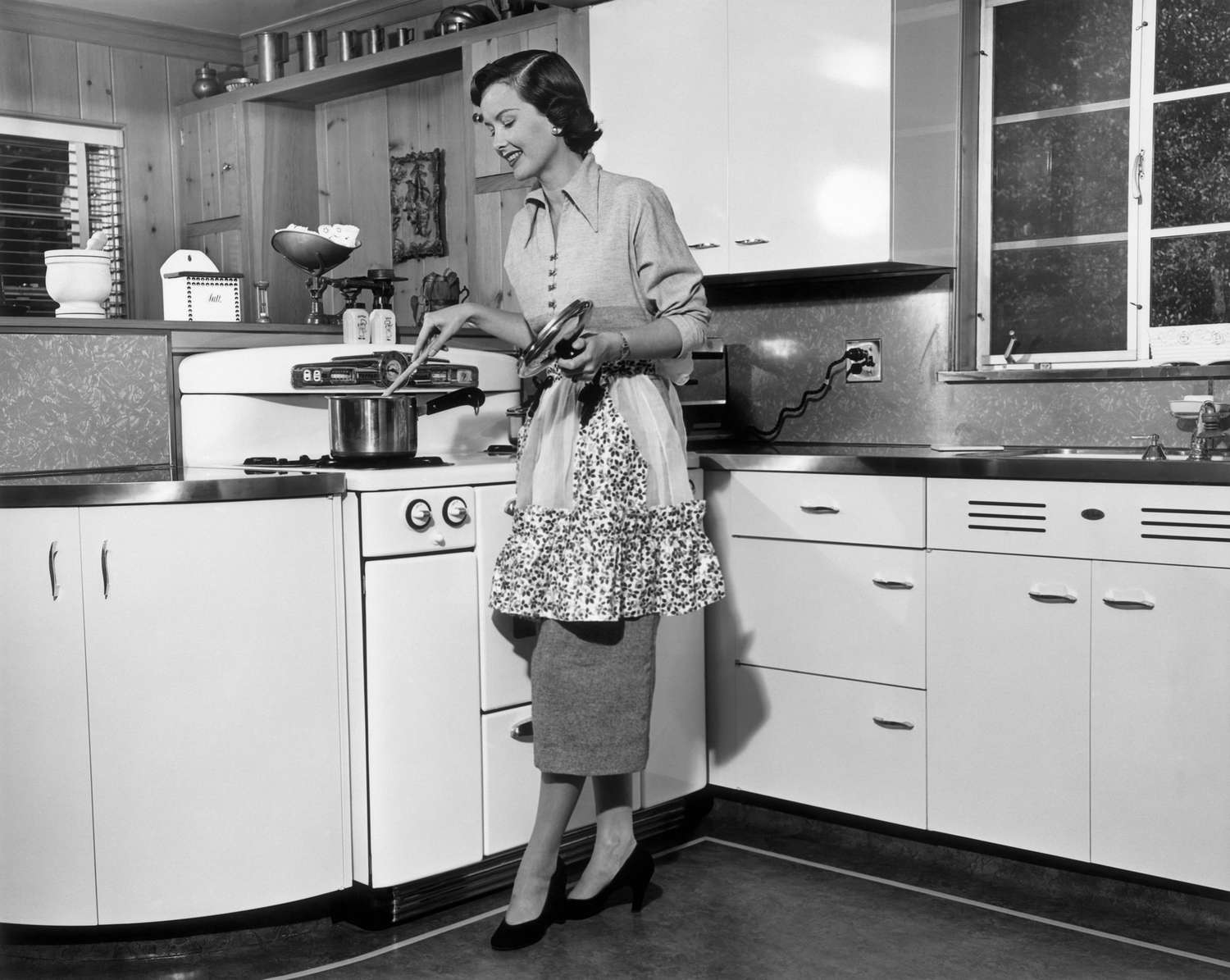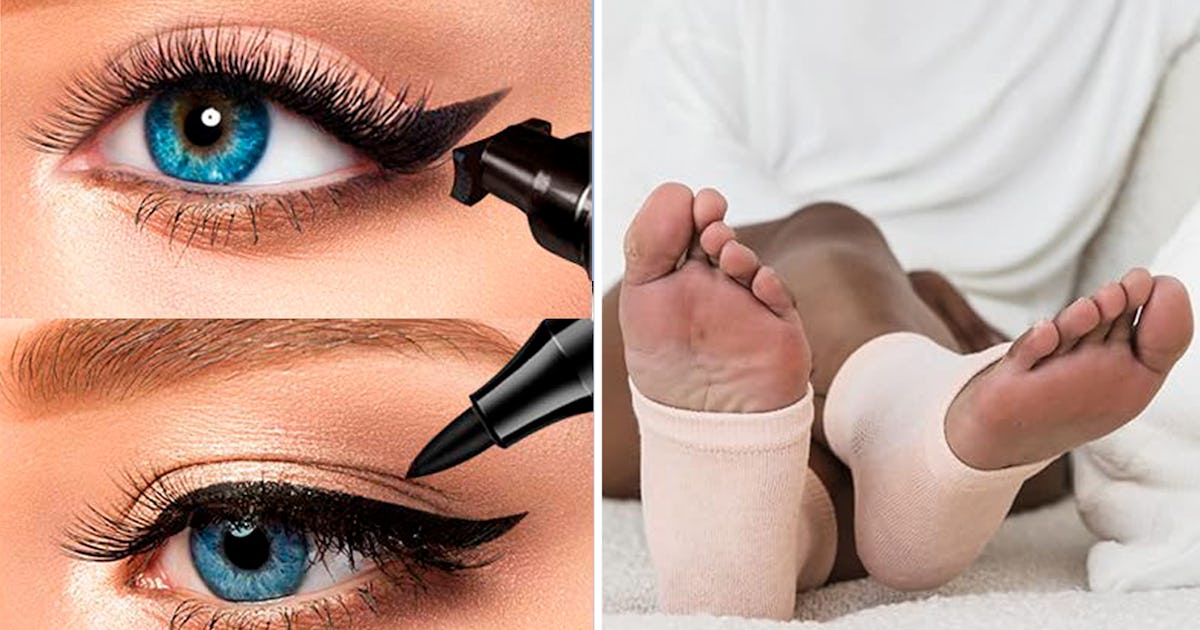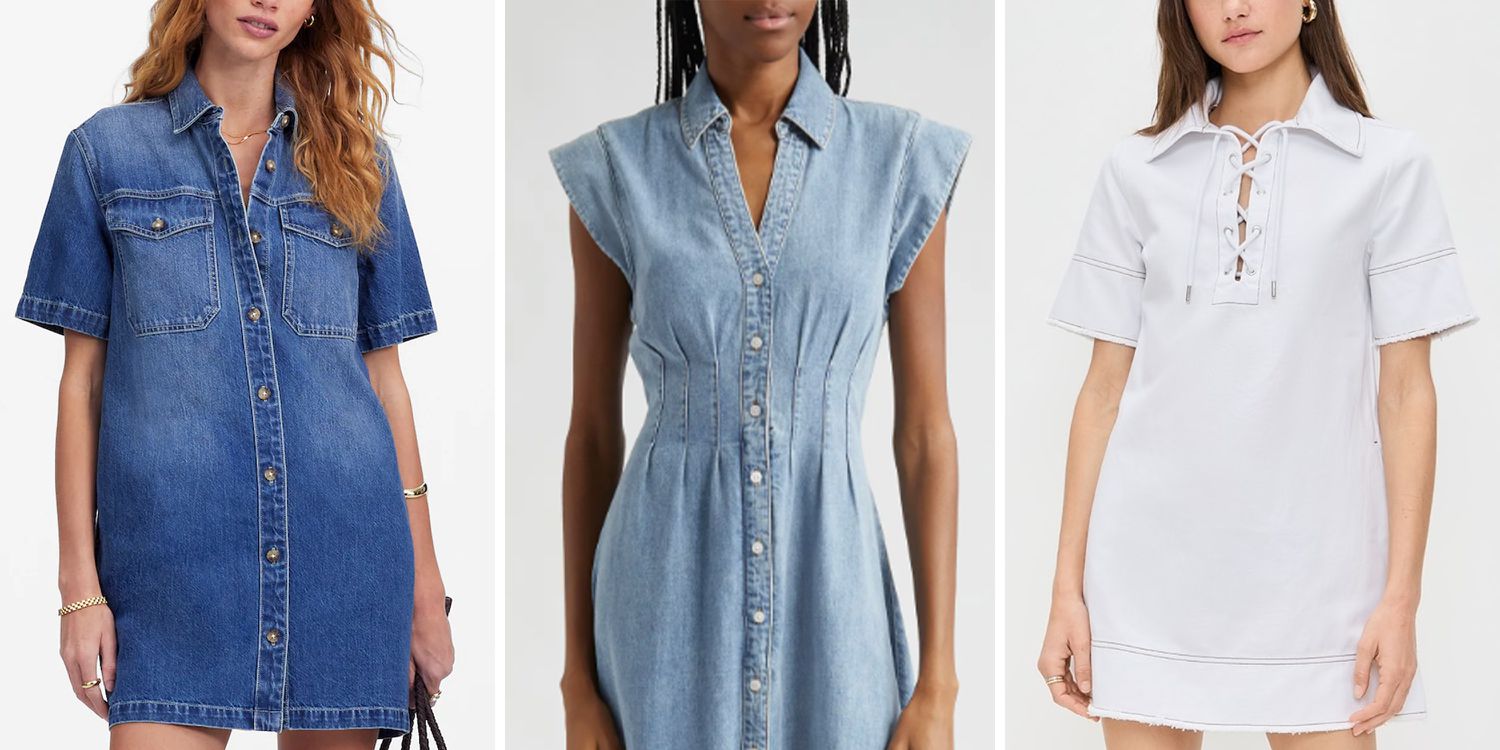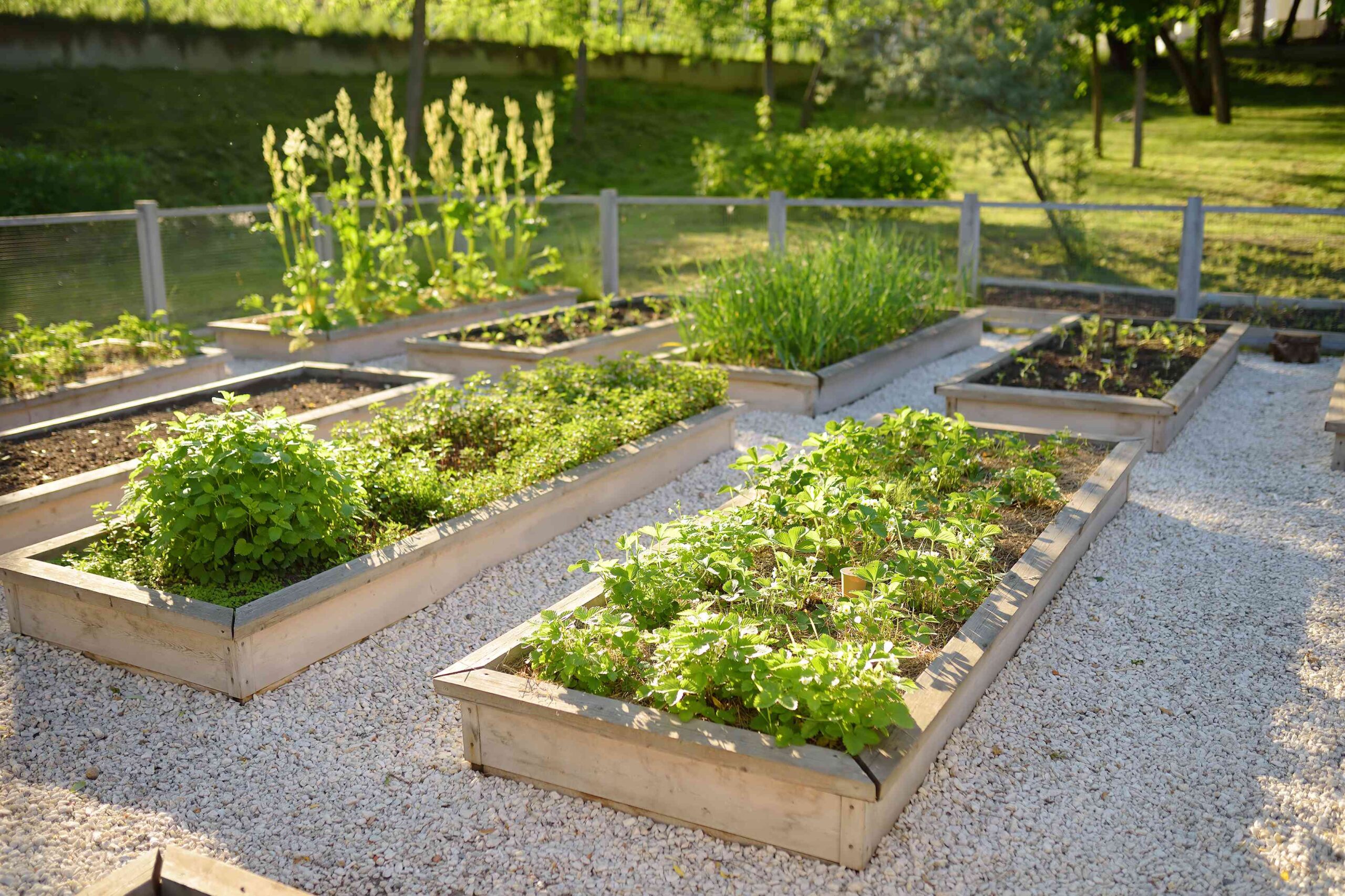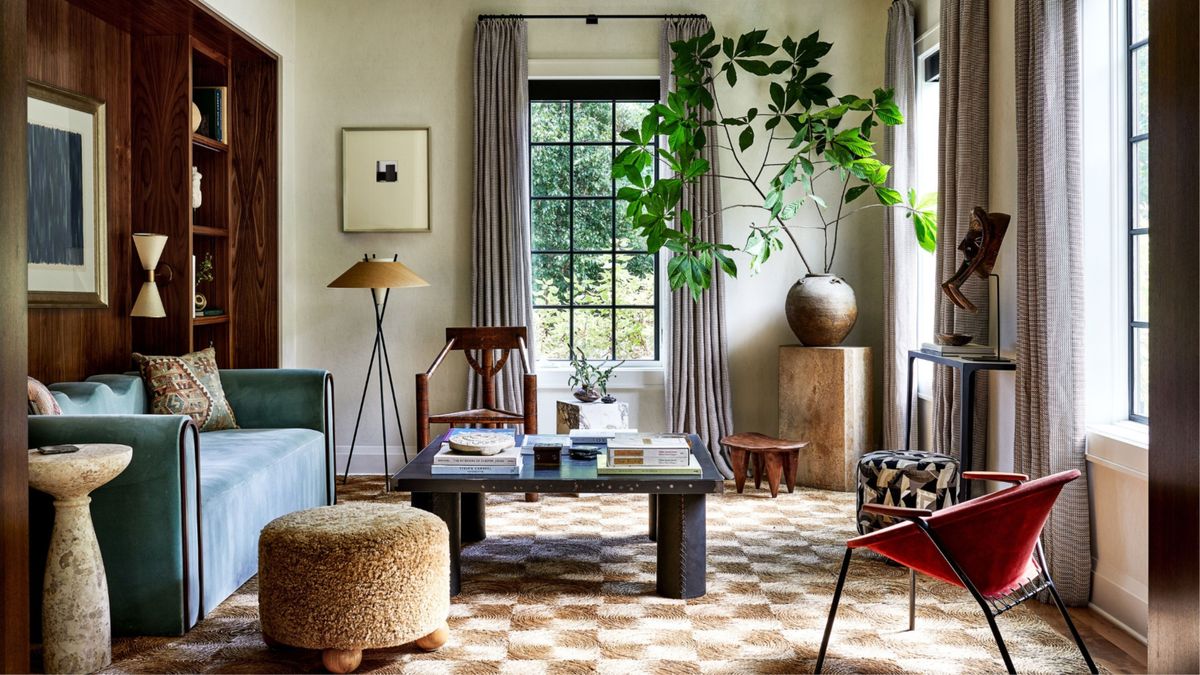
How to Thrift Furniture Like a Vintage Dealer — The Tricks of the Trade to Know
The lure of thrifting vintage furniture goes beyond sustainability. When you walk into a thrift store, you’re entering into a world of possibilities. You might walk out empty-handed, or you might find an antique chest of drawers you’d never be able to afford otherwise. That’s the beauty of knowing how to thrift.
Collecting vintage and iconic furniture allows homeowners to curate spaces rich with history, craftsmanship, and character, but actually knowing how to thrift without getting completely overwhelmed is something of an elusive art form — one marked by persistence, know-how, and a little industry savvy.
As a longtime vintage dealer (who literally wrote the book on how to thrift), I’m very well acquainted with the ins and outs of sourcing vintage furniture. But the experience is always a little different for everyone, and there’s a lot to know.
So, while writing this ultimate guide to thrifting, I spoke to some experts to find out everything there is to know, including how best to evaluate secondhand furniture and what to do when a piece calls for a bit of restoration. Let’s dive in.
1. Know Where to Go
The first step to knowing how to thrift is knowing where to go (and when and how often they get new stock)
(Image credit: Future / Emma Breislin)
There are incredible treasures to be found all over the world, from Paris’s Marché aux Puces to Kyoto’s temple markets. In Europe, flea markets are generally the name of the game (think London’s Portobello Road, Portugal’s Feira da Ladra, and Athens’ Monastiraki).
If you’re in the US (like me), I’d recommend going to an event like the Brimfield Antique Market, which is held thrice annually in Massachusetts, or the Round Top Antique Fair, which is held in the Spring and Fall in Texas.
Yard sales (the Southeastern US is home to the 127 Yard Sale — a 690-mile long extravaganza that bills itself as “the world’s largest” — every August) can also be brimming with finds. And of course, you don’t want to forget about estate sales.
2. Look For Maker’s Marks
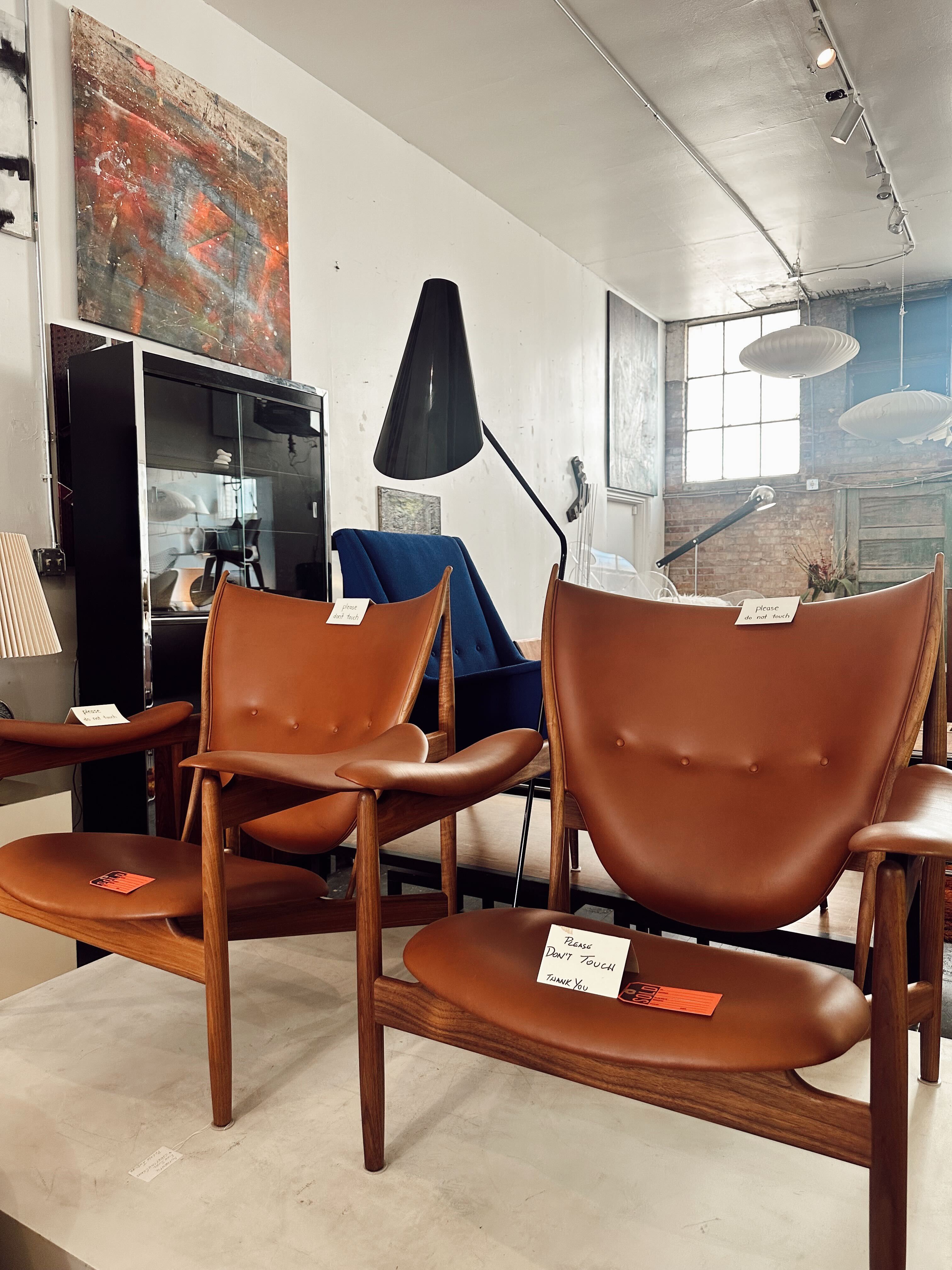
Did you know you can identify an original Noguchi table from two marks: a Noguchi signature on the edge of the glass top, and the Herman Miller logo on the base.
(Image credit: Virginia Chamlee)
Derya Baydur, a specialist and head of sales for Modern Decorative Art and Design at the famed auctioneer Bonhams, says that conducting a little bit of cursory research is crucial when knowing how to thrift well, whether you’re browsing a vintage store, auction house, gallery, or garage sale.
“The first step in identifying and valuing collectibles is to examine the piece for any signatures or marks and do a general search if the mark is easily identifiable,” she explains.
Not every item you’ll find in the wild has a mark or a label, however, which Derya admits can “complicate the process.” But don’t worry too much; there’s an app for that. “Today’s online technologies, including reverse image searches, can assist in recognizing objects and finding comparable examples sold at auction,” she says.
I myself often turn to Google Lens’ reverse image search function to get an idea for the value of an item I find in a thrift store. It’s an invaluable (and free) tool.

Derya Baydur
Derya Baydur has spent over a decade working in the decorative arts field. Before joining the team at Bonham’s (where she works across “over 150 years of diverse artistic movements”), she was the Assistant Vice President and Specialist for European Ceramics at Sotheby’s, and then the Vice President of Sales and Specialist for the Sotheby’s Interiors team e-commerce marketplace, Buy Now.
3. Learn to Identify Real vs Replica
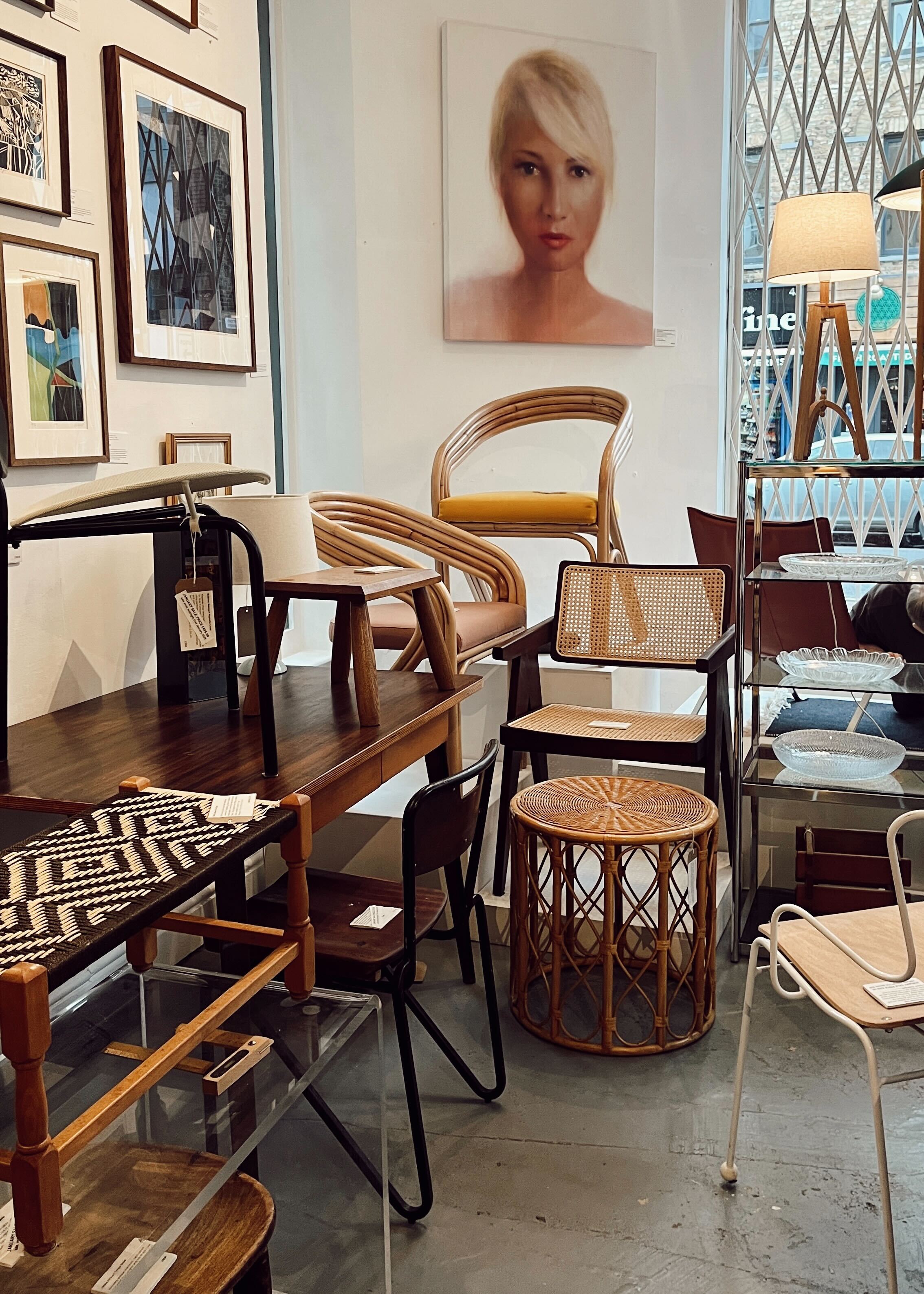
The top clues: “Signatures, maker’s marks, construction details, provenance, and materials.”
(Image credit: Future / Emma Breislin)
Even if you think you’ve found a treasure (like, say, a chest of drawers that’s listed for $4,000 on 1stDibs), keep in mind that a lot of factors go into the valuation of antiques, and that’s key to knowing how to thrift.
Derya points to “size, condition, authenticity, and provenance” as factors that can increase or decrease an item’s value. And oftentimes, treasures are simply too good to be. It’s important to know whether you have an authentic find or something that’s made to look like one.
Unfortunately, there’s no universal shortcut to avoiding replicas, but there are clues. Karen Rigdon, vice president of decorative arts at Heritage Auctions, says these can be things like “signatures, maker’s marks, construction details, provenance, and materials,” all of which help tell the story of an item.
“For example, with furniture, the type of joinery or tool marks can suggest a time period,” she adds. “With art, signatures and paper or canvas type may be indicators — but none of these alone are foolproof.”
Karen Rigdon
Karen Rigdon has been the Vice President of Decorative Arts at Heritage Auctions since 2007. She has enjoyed a 45-year career in the decorative arts, which started with weekends spent trawling through estate sales in her hometown of Grosse Pointe, Michigan. She graduated from Michigan State University with an Interior Design degree, and one of her first jobs was cataloging the extensive collection of donated decorative arts at the Spartan football stadium.
Derya acknowledges that identifying replicas can often require a trained eye. “Depending on the value of the item, some valuable items can be faked really well,” she says. “That said, if you find an object at a vintage store that is priced much lower than what you find online, it may be worthwhile to take the leap and purchase it and then do more extensive research.”
It’s also okay to ask whether an item has a provenance. “In regard to decorative arts, especially 18th or 19th century furniture and decorative arts, works are not always signed,” says Derya. “Understanding whether or not an antique piece is period would at most times require having some previous visual experience with period works and comparing them in their technique, material and overall quality.”
In fact, Karen Rigdon says that asking questions and doing your homework is an important part of knowing how to thrift — as well as learning as you go. “The more you look, handle, and learn, the sharper your eye becomes,” she says.
4. Do Your Research
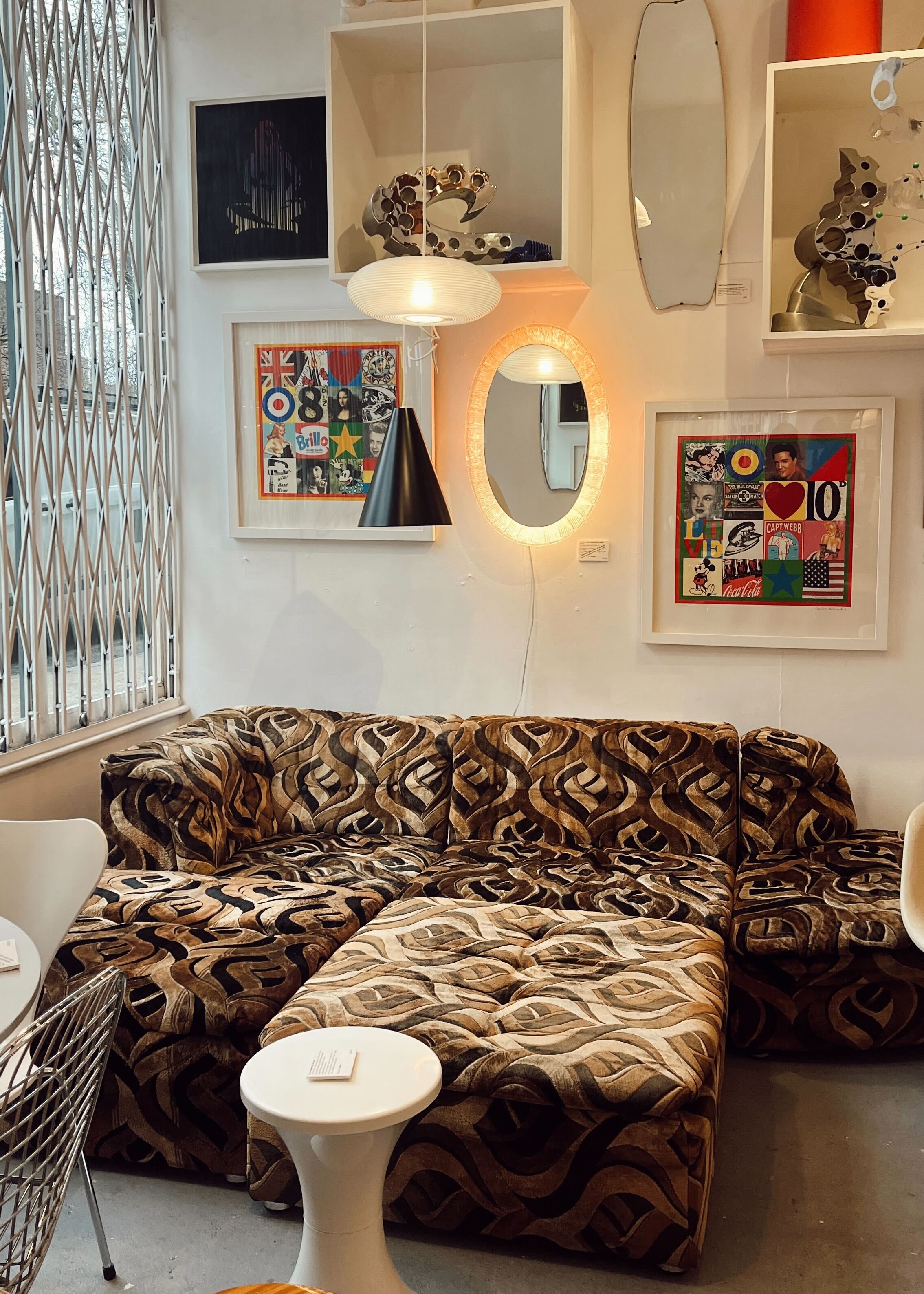
The best way to learn how to thrift valuable furniture is by asking questions to those who already know.
(Image credit: Future / Emma Breislin)
“Discerning value takes time — there’s rarely a quick answer,” says Karen. If you think you found a piece that may be valuable, she suggests going directly to a major auction house like Heritage, which “can save you time and ensure your piece is reviewed by a category specialist.”
“But if you’re looking for a general orientation or it’s something very region-specific, a reputable local appraiser or dealer might help narrow the field,” she adds.
Derya agrees, adding that it’s completely free to submit items and request valuations at Bonhams. Turning to the experts is also important when it comes to restoring a piece of vintage furniture you’ve thrifted. While upcycling might be trendy and seem easy enough in the DIY videos you see on social media, many at-home makeovers can actually have a negative impact on an antique’s value.
“Never attempt to restore something yourself without understanding how it may affect the item’s integrity or value,” Karen warns. “Even well-intentioned cleaning can do irreversible damage.”
She suggests reaching out to someone knowledgeable in the specific medium: a museum curator, specialized dealer, or auction house expert. “They can often recommend qualified conservators who understand both the materials and the market. In short: when in doubt, pause — and ask. The right conservator can preserve both the beauty and the value of your piece,” she says.
Derya adds that auction specialists can be a good reference for finding quality restorers. “A valuable work of art of antique furniture will greatly benefit from a professional restoration as the quality of restoration can either enhance or depreciate the item’s value depending how the restoration is done,” she says. “The purpose of restoration is to bring back the item’s condition to its original condition as closely as possible.”
5. Shop For What Speaks to You
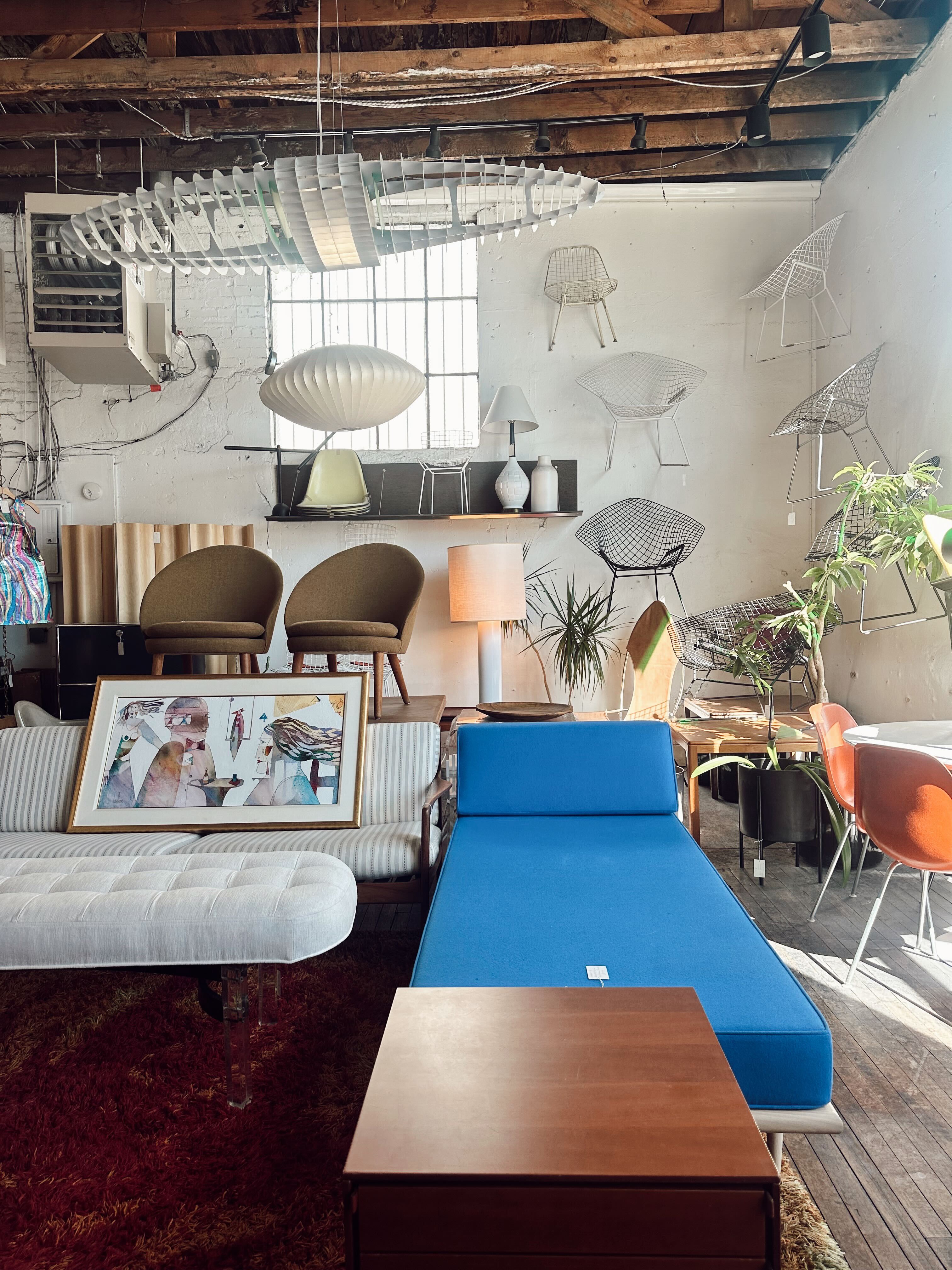
Don’t get too caught up in trying to find valuable treasures — the best way to thrift is for whatever makes you happy.
(Image credit: Virginia Chamlee)
If extensive research feels daunting, just shop for items that speak to you. “Build a collection that reflects your unique style and sentiment, rather than solely pursuing potential returns on investment,” Derya says. “Enjoy the process of discovering the history behind each object, its maker, and its value. This exploration is essential to the collecting experience, transforming you from a casual buyer into a dedicated collector. It’s all part of the fun! Understanding the story behind an object will make your acquisition that much more meaningful.”
Part of having fun and discovering how to thrift, of course, is expanding your education — and there are plenty of ways to broaden your knowledge about antique and vintage furniture just by browsing the best online secondhand furniture stores.
“Some people have a good eye, but real knowledge comes from looking, handling, and reading about the material in question,” Karen adds. “If you’re curious about glass, for instance, start by exploring trusted sources like the Corning Museum of Glass website, visit museums to see pieces in person, and attend auction previews where you can handle items and ask questions.”
She also notes that the Heritage Auctions website offers several tools for would-be collectors and curious owners — from a searchable auction archive and value guides to free auction appraisals.
And then, of course, there are websites like Livingetc that feature plenty of articles on how to thrift iconic and valuable pieces (like this handy piece on the best vintage IKEA furniture to keep an eye out for.)
No go forth and find something.



